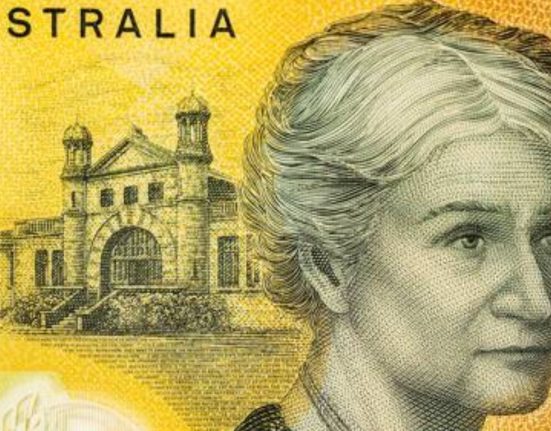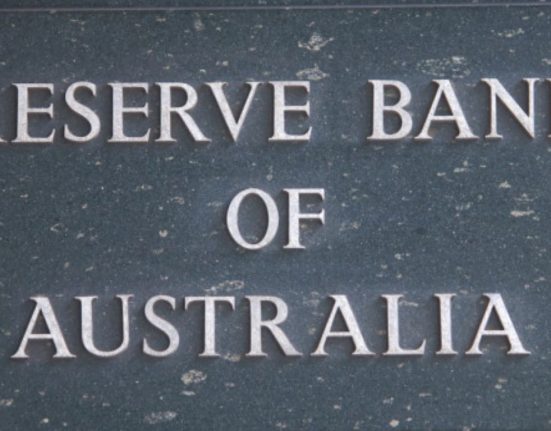The Australian dollar (AUD) has experienced muted price volatility against the U.S. dollar (USD) in recent days as the Reserve Bank of Australia (RBA) grapples with data both locally and internationally. The latest RBA minutes, which were released after the recent interest rate meeting, indicated that the door remains open to further rate hikes if needed. This has led to a ramp-up in the money markets’ expectations of another potential 25 basis points (bps) hike in 2023, a stark change from just a few days earlier when no such hike was expected.
The RBA’s interest rate decision and market expectations are crucial factors affecting the outlook for the AUD. Traders and investors closely monitor the RBA’s policy stance and economic data to gauge the potential direction of interest rates, which in turn can impact the performance of the AUD in the currency markets.
The Week Ahead: High-Impact Events and Inflation Data
The week ahead is packed with high-impact events, mostly skewed towards the U.S. These events include key economic data releases, central bank meetings, and other events that can significantly influence currency markets, including the AUD-USD pair.
From an Australian perspective, one of the key events to watch is the release of inflation data for the first quarter. Market expectations are for lower year-on-year (YoY) and quarter-on-quarter (QoQ) inflation metrics. If the inflation data comes in lower than expected, it could potentially change the rate probability chart and impact the outlook for further rate hikes by the RBA. This, in turn, may affect the performance of the AUD in the forex markets.
RBA’s Policy Stance and Rate Hike Expectations
The RBA has been closely monitoring both local and international economic data to determine its policy stance. In the previous interest rate meeting, the RBA decided to pause rates, but the latest minutes indicate that the door remains open to further hikes if needed. This has led to a change in market expectations, with money markets now factoring in the possibility of another 25 bps hike in 2023.
The RBA’s policy stance and rate hike expectations are critical factors that can impact the performance of the AUD. Traders and investors closely analyze the RBA’s statements and economic data releases to gauge the potential direction of interest rates, which can influence the outlook for the AUD in the forex markets.
Impact of Inflation Data on AUD Outlook
Inflation data is a crucial factor that can influence the RBA’s policy decisions and, in turn, impact the outlook for the AUD. The release of inflation data for the first quarter is eagerly anticipated by market participants as it provides insights into the current state of price pressures in the economy.
Market expectations are for lower YoY and QoQ inflation metrics for Australia. If the actual data comes in lower than expected, it could potentially change the rate probability chart, indicating that no further rate hikes may be on the horizon. This could result in a weaker outlook for the AUD in the forex markets as lower inflation may lead to a more dovish stance by the RBA and dampen expectations of future rate hikes.
On the other hand, if the inflation data comes in higher than expected, it could potentially increase the likelihood of further rate hikes by the RBA, which may strengthen the outlook for the AUD in the forex markets. Higher inflation may signal stronger economic growth and potential tightening of monetary policy, which could be viewed positively by traders and investors.
Conclusion
The Australian dollar’s outlook is currently influenced by the RBA’s policy stance and market expectations of further rate hikes. The recent RBA minutes indicated that the door remains open to potential rate hikes if needed, leading to a change in market expectations. However, the upcoming release of inflation data for the first quarter may impact the rate probability chart and potentially alter the RBA’s policy stance.
Traders and investors should closely monitor the developments in the AUD market, including the RBA’s statements, economic data releases, and market sentiment, to gain insights into the potential direction of interest rates and the outlook for the AUD. It is essential to stay informed, exercise caution, and adjust trading strategies accordingly in response to changing market dynamics.
In conclusion, the Australian dollar’s outlook remains uncertain, with the RBA’s policy stance and inflation data playing a crucial role. Traders and investors should stay vigilant and adapt to changing market conditions to navigate the potential impact on the AUD and make informed trading decisions.










